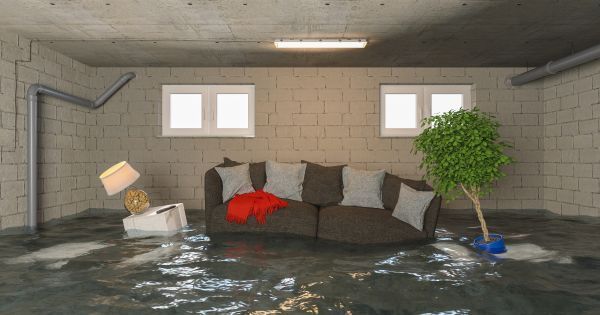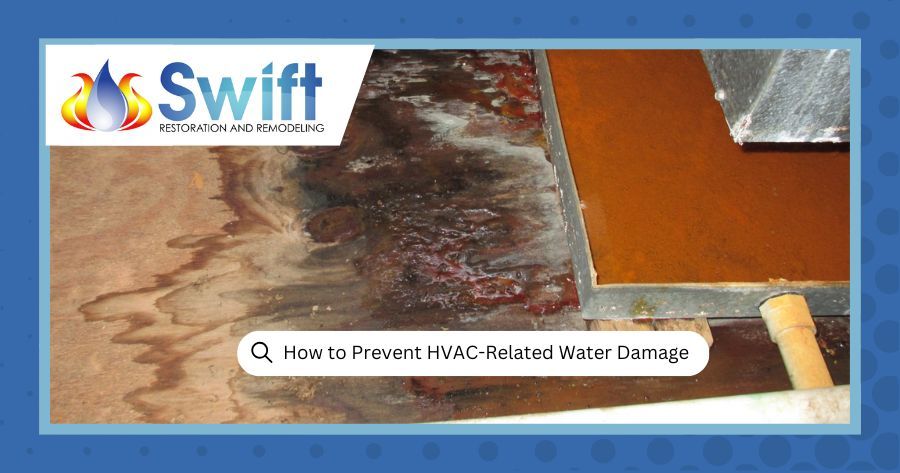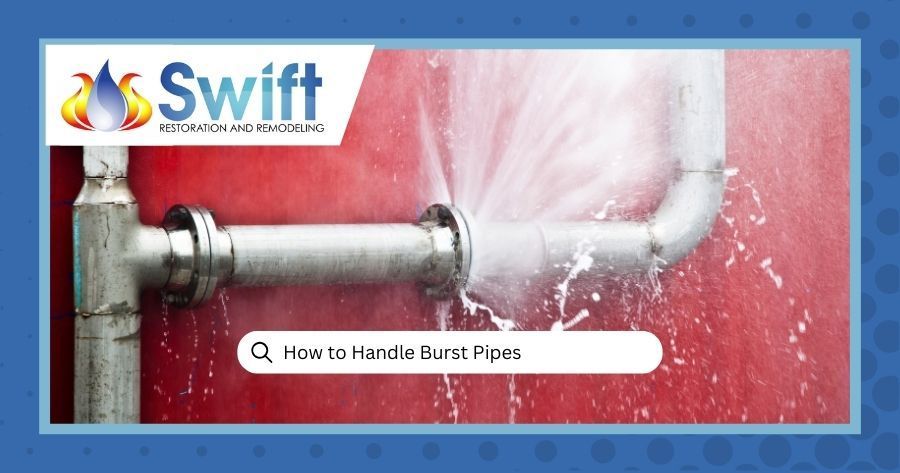
Water damage can quickly turn a peaceful setting into a nightmare. Whether it’s from heavy rains, burst pipes, or flooding, understanding the different categories of water damage is crucial for effective restoration. In our post, we shed light on the often misunderstood Category 3 water damage, the factors that cause it, how to identify it, and how to deal with it. Plus, if you happen to need water damage restoration Ogden UT, we’ve got you covered. So, read on to find out the intricacies of water damage categories.
Different Water Damage Categories
When evaluating water damage, it is important to understand its severity, as well. Water damage is classified into three categories based on the level of contamination. These categories help professionals determine the appropriate course of action for restoration efforts and ensure the safety of occupants.
Below, categories 1 and 2 are further explained:
Category 1 Water Damage
Category 1 water damage involves the least contaminated water, typically stemming from clean water sources like broken pipes or overflowing sinks. While Category 1 water may appear harmless, it can still cause property damage and promote mold growth if not addressed on time.
Category 2 Water Damage
Also known as "gray water," Category 2 water contains a higher level of contaminants than Category 1. This type of water may originate from sources such as washing machines or dishwashers. While not as hazardous as Category 3 water, exposure to Category 2 water can still lead to discomfort or illness if swallowed or in contact with the skin.
What is Category 3 Water Damage Then?
Category 3 water damage, also known as black water, is the most hazardous
type of water damage. Category 3 water carries different contaminants, including bacteria, fungi, and other pathogens, making it extremely unsafe for human contact.
What Causes Category 3?
Category 3 water damage can arise from different factors and circumstances, each contributing to the severity and extent of the damage.
- Sewage Backups: When pipes carrying sewage get clogged or broken, unprocessed sewage can overflow into residential or commercial properties, causing significant damage.
- Natural Disasters: During severe weather events like storms or hurricanes, floodwaters can bring in contaminants from different places, such as sewage systems and factories, leading to widespread contamination.
- Stagnant Water: If water remains still for a prolonged period, it can accumulate bacteria and other harmful microorganisms, making it highly contaminated and dangerous to health.
Signs of Category 3 Water Damage
Identifying Category 3 water damage is crucial for taking quick action. Some common signs include:
- Foul Odors: Category 3 water often emits a strong, unpleasant smell due to the presence of sewage and other contaminants.
- Visible Contamination: Water may appear discolored or contain visible debris, indicating high levels of contamination.
- Mold Growth: Category 3 water creates optimal conditions for mold growth, leading to visible patches of mold on surfaces.
Category 3 Water Damage and Environmental Impact
Category 3 water damage, known for its severe contamination levels, presents a complex challenge that extends beyond property destruction. This type of damage not only jeopardizes the safety of indoor environments but also carries significant environmental risks with far-reaching consequences.
- Contamination: When Category 3 water infiltrates the environment, it can contaminate soil, groundwater, and surface water bodies. The introduction of harmful pollutants into these ecosystems can have detrimental effects on plant and animal life, disrupting delicate ecological balances.
- Water Quality: Contaminants present in sewage and other sources of Category 3 water can introduce pathogens, toxins, and pollutants into waterways, causing risks to aquatic life and human health. High levels of bacteria, viruses, and other microorganisms can affect the safety of drinking water sources and recreational waters.
- Aquatic Life: Contaminants introduced into water bodies can harm aquatic organisms, including fish, and other similar organisms, through direct exposure or the alteration of habitat conditions.
- Long-Term Consequences: Contaminants can stay in soil and water for a long time, affecting the health of the environment. Fixing the damage can be difficult and expensive, needing careful planning and monitoring for a while.
Tips on Dealing with Category 3 Water Damage
Dealing with Category 3 water damage requires specialized equipment and expertise. Here are the essential steps in handling this type of damage:
- Safety First: Prioritize safety by wearing protective gear such as gloves, masks, and boots to prevent exposure to contaminants.
- Extract Standing Water: Remove standing water using pumps and extraction equipment to prevent further damage and contamination.
- Disinfection: Thoroughly disinfect affected areas using EPA-approved disinfectants to kill harmful bacteria and pathogens.
- Odor Neutralization: Use odor-neutralizing agents and techniques to eliminate lingering odors caused by Category 3 water damage, ensuring a fresh and clean environment after restoration.
- Drying and Dehumidification: Use industrial-grade drying equipment to remove moisture and prevent mold growth.
- Restoration: Repair and restore damaged structures and belongings to their pre-loss condition.
Don't let Category 3 water damage wreak havoc on your property. With quick action and expert help, you can overcome this challenge and reclaim your space.
Read About - Categorizing Water To Handle Flood Damage Cleanup
Contact Swift Restoration and Remodeling for Water Damage Fixes
At Swift Restoration and Remodeling, we specialize in water damage restoration services, including handling Category 3 water damage with precision and efficiency. We serve Ogden, UT, and offer 24/7 services for all of your water damage restoration needs. Contact us today for professional assistance in restoring your property to its former glory. Give us a call at (385) 402-8275 or fill out an online form on our website. Don’t wait until it’s late.




